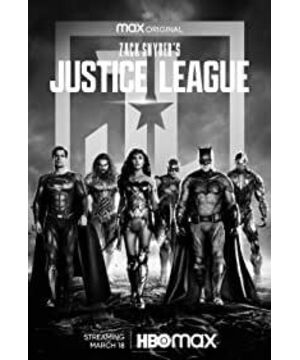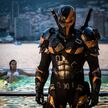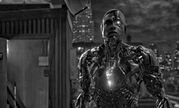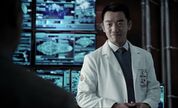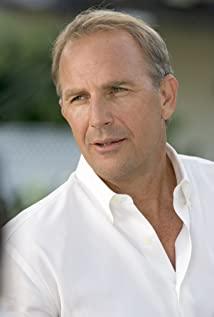Four hours is not too long, and it is easy to read. The characters are fuller than the theater version, especially the steel bone, the ins and outs are explained, and it is the key to separating the mother box. Amazon and Atletis both let people take away the mother box every minute, but it was the steel bone that held it and persisted until the end. When everyone climbed out of the sewers and discussed that maybe the three mother boxes were taken away, the steel frame grabbed the box and fell from the sky, showing a strong aura, and this vote was perfectly accepted. The Flash is a gag character even in this one, but it's a little too bright when it's time to shine. When the whole world is destroyed, turning on the superluminal speed mode to reverse the time and rescuing the people who have been cremated is really a touch of a finger, turning decay into magic.
Superman is actually the mother box of the Justice League. When Superman didn't come, everyone gathered all their strength to fight Steppenwolf, and even fell behind, so many people couldn't keep the back of disassembling the steel frame of the mother box. Steppenwolf goes down with an axe, and Superman shows up—yes, that's how Superman should show up—and then the Justice League opponent becomes the mother box, because Steppenwolf is out of the question.
Compared with the theatrical version, the villains Fang Dessad and Darkseid appeared, the decent Fang Martian Manhunter appeared, plus the future that Cyborg saw when he resurrected Superman, and the dream of Batman at the end. Foreshadowing more, but also people have more reverie. But what happens next. Whether the DC series will follow the continuation of the theatrical version or the development of the guide version depends on Warner.
View more about Zack Snyder's Justice League reviews


